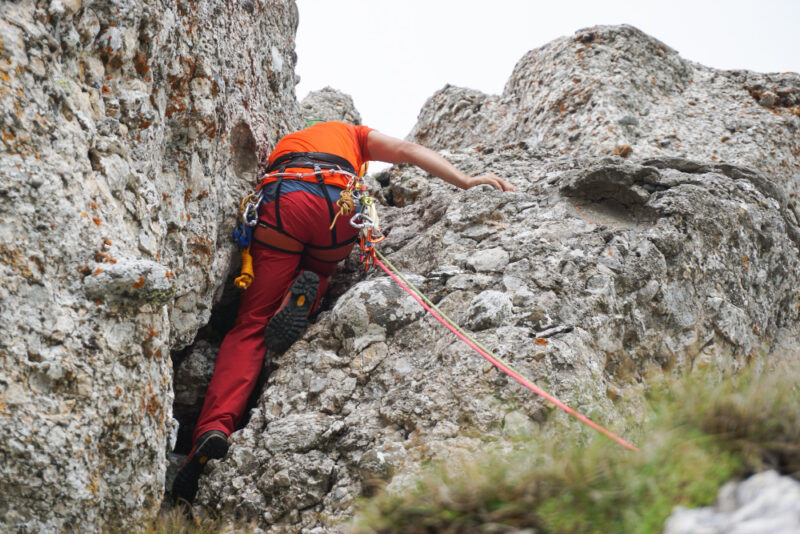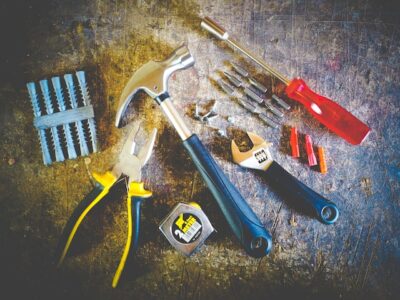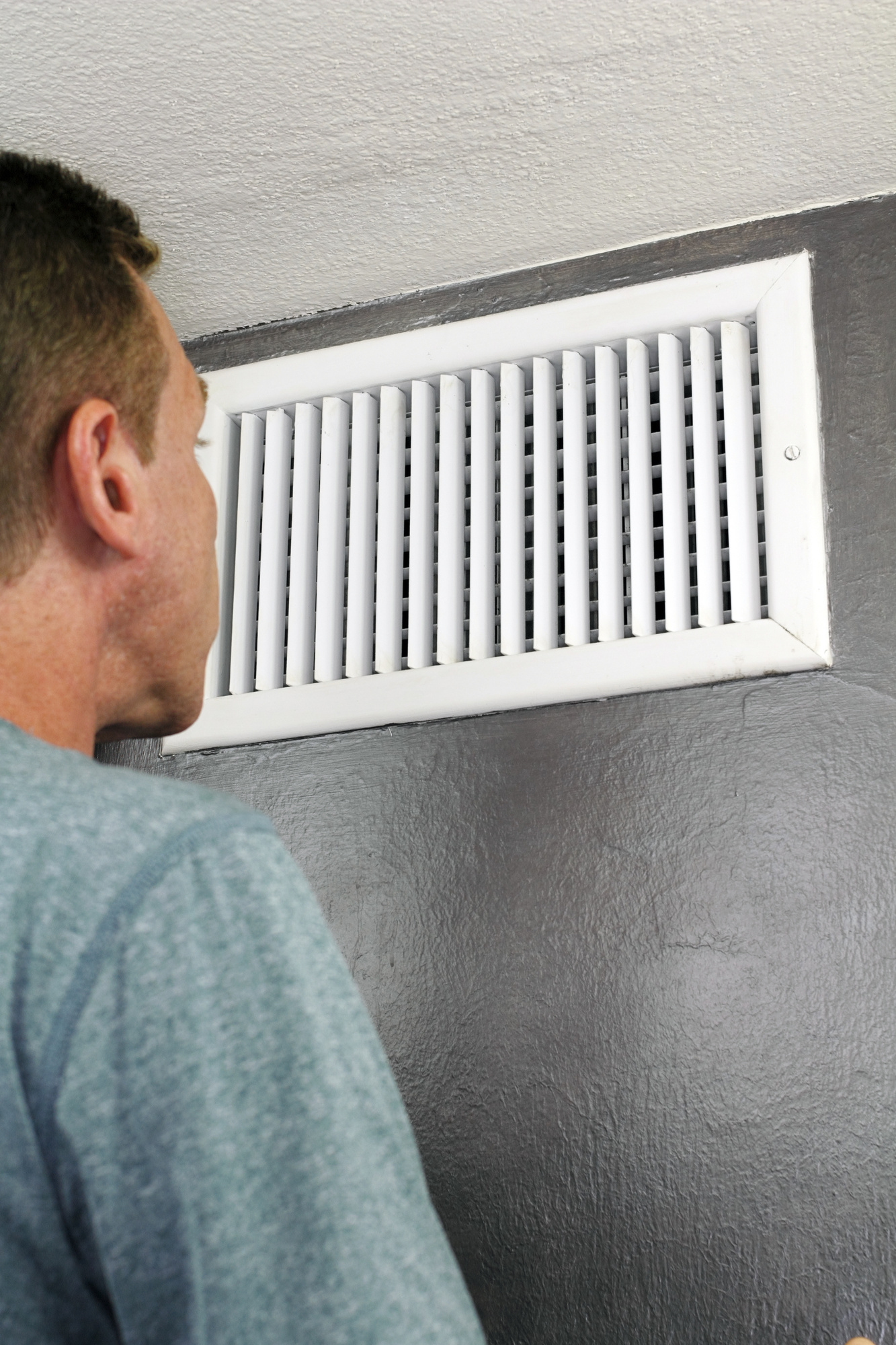When it comes to climbing, having the right gear is essential for a successful climb. Various types of climbing gear, such as harnesses, carabiners, helmets, climbing shoes, and ropes play a crucial role in ensuring both safety and performance for climbers.
Harnesses: The Backbone of Climbing Gear
Harnesses are a vital component of climbing gear that distribute the weight and force when climbing or rappelling. Their primary purpose is to provide support and safety while allowing freedom of movement. Modern harnesses are designed with adjustable waist belts and leg loops to ensure a comfortable fit for different body sizes and shapes. Some harnesses even feature multiple gear loops to conveniently carry climbing equipment, such as carabiners and quickdraws.
Carabiners: The Versatile Link
Carabiners are a fundamental piece of climbing gear that securely connect ropes, harnesses, and other equipment. Designed with a strong gate mechanism, carabiners come in various shapes, such as oval, D-shaped, and HMS, each serving a specific purpose. Climbers can choose between locking and non-locking carabiners, depending on the level of security required for the specific climbing activity. High-quality carabiners ensure easy handling, quick operation, and reliable safety.
Helmets: Protecting the Pinnacle
Helmets are indispensable protective gear that safeguard climbers from falling rocks, debris, and other potential hazards. Constructed with durable materials, climbing helmets are lightweight and designed to absorb impact energy in case of a fall or collision. Adjustable chin straps and ventilation systems ensure a snug fit and provide comfort, even during long climbing sessions. When choosing a climbing helmet, it is crucial to prioritize safety certifications and ensure proper fit for optimal protection.
Climbing Shoes: The Precision Tools
Climbing shoes are specially designed footwear to optimize grip, precision, and sensitivity on various climbing surfaces. These shoes have sticky rubber soles that provide excellent traction and allow climbers to make precise movements while maintaining balance. Different types of climbing shoes are available for different climbing disciplines, such as bouldering, sport climbing, and trad climbing. Choosing well-fitting shoes that offer ample support and flexibility is essential for maximizing performance and reducing the risk of accidents.
Ropes: The Lifeline
Ropes are the lifeline of climbers, enabling them to ascend and descend safely. Dynamic ropes, made of a nylon core and a durable sheath, provide elasticity that dissipates the energy generated during a fall, reducing the impact on both the climber and the gear. Different types of ropes, such as single ropes, half ropes, and twin ropes, offer varying degrees of strength, weight, and versatility, catering to different climbing styles and requirements. It is crucial to ensure proper care and regular inspection of ropes to maintain their integrity and safety.
Conclusion
Climbing gear, ranging from harnesses, carabiners, helmets, climbing shoes, to ropes, contribute significantly to the safety and performance of climbers. Each type of equipment serves a specific purpose, and understanding their features, functionality, and significance is crucial for climbers of all skill levels. When engaging in climbing activities, it is paramount to choose appropriate gear from reputable manufacturers and prioritize safety. Furthermore, selecting the right gym clothing manufacturer ensures climbers have the comfort and functionality they need during their climbing adventures. Remember, investing in quality climbing gear not only enhances performance but also contributes to a more enjoyable and safe climbing experience.









